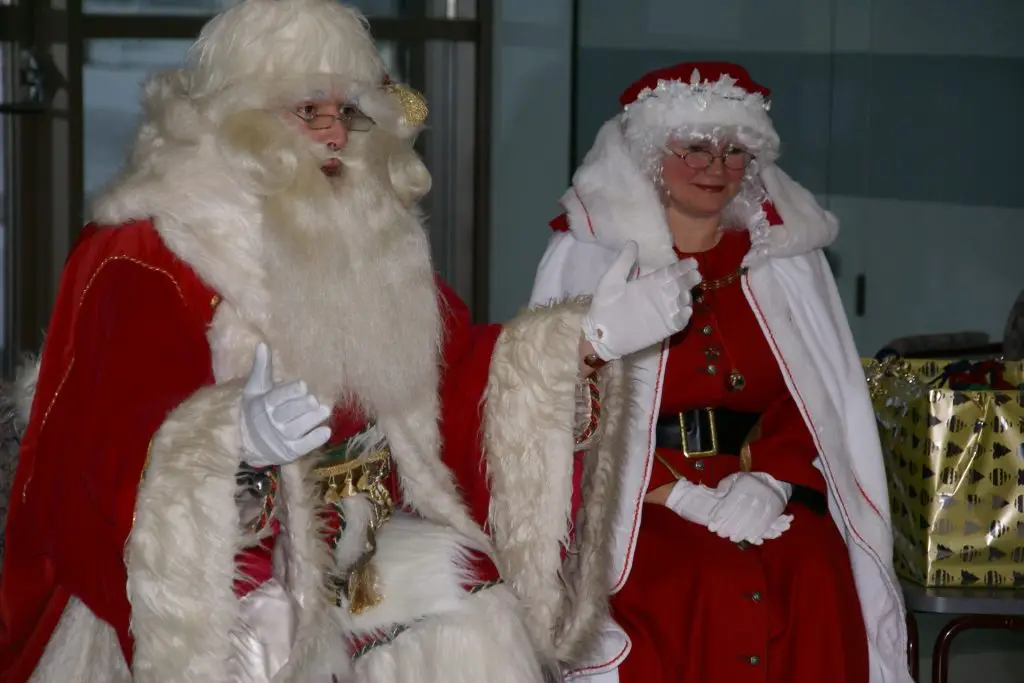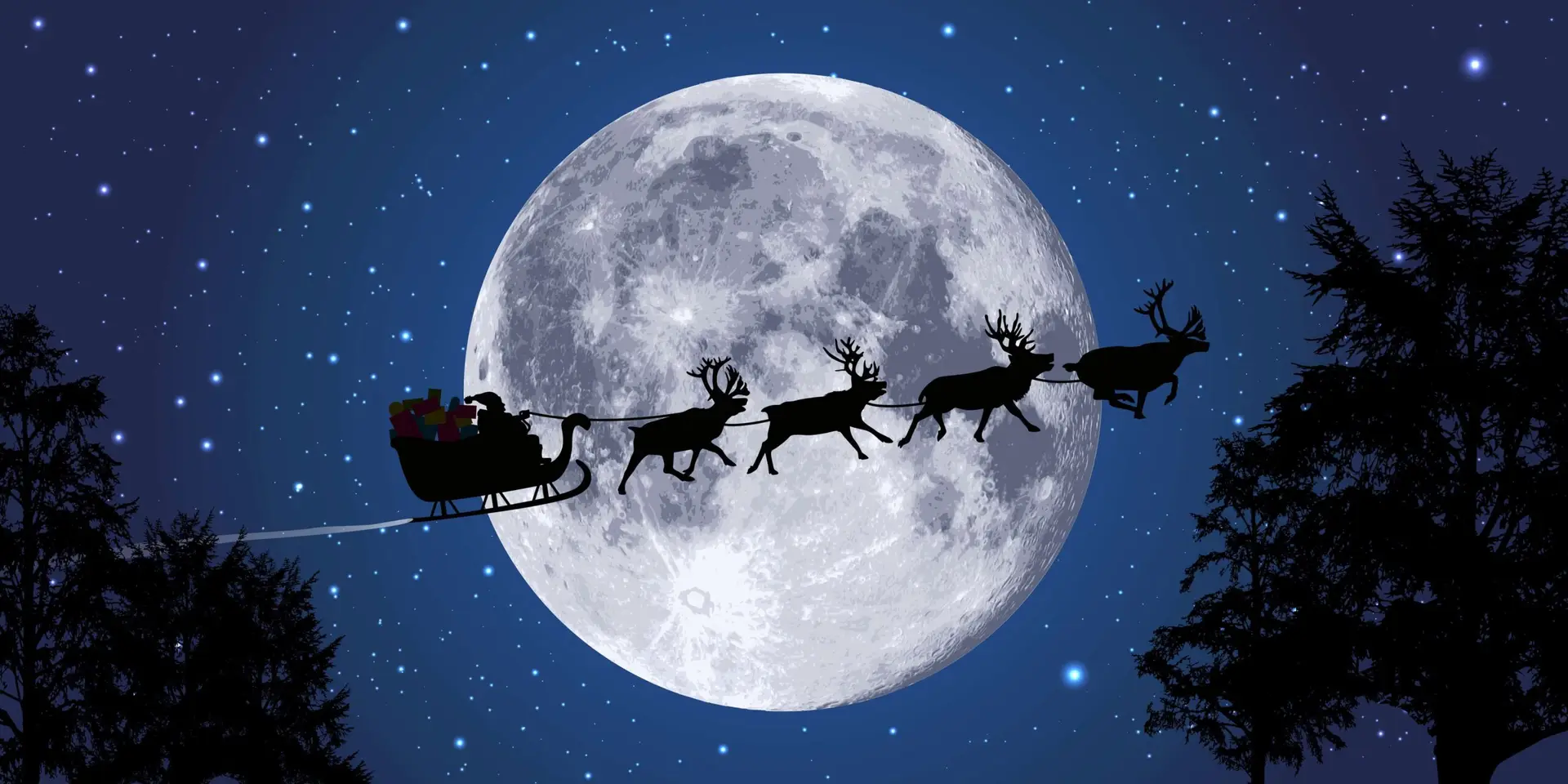
The History of Santa Claus: From Saintly Bishop to Modern-Day Icon
History of Santa Claus:
Santa Claus, the jolly old elf who brings joy and gifts to children on Christmas Eve, has a long and fascinating history. His origins can be traced back to Saint Nicholas, a 4th-century bishop from Turkey. Saint Nicholas was known for his generosity and kindness, and he often gave gifts to children. Over time, his legend grew, and he became associated with Christmas.
In the 12th century, Saint Nicholas’s popularity spread to Europe. He was often depicted as a bishop wearing a red robe and carrying a staff. In the 16th century, the Protestant Reformation led to a decline in the popularity of saints, but Saint Nicholas remained a popular figure in the Netherlands.
In the 19th century, Saint Nicholas was introduced to the United States by Dutch immigrants. He was quickly adopted by American culture, and his name was changed to Santa Claus. In 1823, the poem “A Visit from St. Nicholas” by Clement Clarke Moore helped to popularize the image of Santa Claus as a jolly old elf who delivers gifts on Christmas Eve.

In the 20th century, Santa Claus became increasingly commercialized. He was featured in advertisements for products such as Coca-Cola and Macy’s. His image was also used to sell toys and other Christmas merchandise. Today, Santa Claus is a global icon who is recognized and loved by people of all ages.
Throughout his history of Santa Claus has undergone many transformations. He has gone from being a bishop to an elf, and his image has been influenced by different cultures and traditions. However, one thing has remained constant: Santa Claus is a symbol of joy, giving, and the spirit of Christmas.
The Origins of Saint Nicholas and His Significance in History
Saint Nicholas was born in Patara, Turkey, in the 4th century AD. He was the son of wealthy parents, but he gave away his inheritance to help the poor and needy. He was ordained a bishop at a young age, and he became known for his generosity and kindness.
The history of Saint Nicholas is said to have performed many miracles, including saving three sailors from a storm and resurrecting three children who had been murdered. He is also said to have given gifts to children on his feast day, December 6th.
Saint Nicholas became a popular figure in the Eastern Orthodox Church, and his cult spread to Western Europe in the 12th century. He was often depicted as a bishop wearing a red robe and carrying a staff.
The Transformation of His Image Through Various Cultures
As Saint Nicholas’s popularity spread, his image began to change. In the Netherlands, he became known as Sinterklaas, a jolly old man who rode a white horse and delivered gifts to children on December 5th. In Germany, he became known as Weihnachtsmann, a bearded old man who wore a red suit and carried a sack of toys.
In the United States, Santa Claus was influenced by both Sinterklaas and Weihnachtsmann. He became a jolly old elf who wore a red suit and a white beard. He was also said to live at the North Pole and to deliver gifts to children on Christmas Eve.
The Influence of Literature and Media on Santa Claus’s Popularity
In the history of Santa Claus Literature and media have played a major role in popularizing the image of Santa Claus. In 1823, the poem “A Visit from St. Nicholas” by Clement Clarke Moore helped to create the modern image of Santa Claus as a jolly old elf who delivers gifts on Christmas Eve.
In the 20th century, Santa Claus was featured in countless movies, television shows, and books. These depictions helped to solidify his image as a beloved holiday figure.
The Impact of Commercialism on the Modern Depiction of Santa Claus
Commercialism has had a significant impact on the modern depiction of Santa Claus. Santa Claus is now often seen as a symbol of consumerism and materialism. He is often depicted in advertisements for products such as toys, food, and clothing.
However, it is important to remember that Santa Claus is more than just a commercial icon. He is a symbol of joy, giving, and the spirit of Christmas.
Conclusion
Santa Claus has a long and fascinating history. He has evolved from a bishop to an elf, and his image has been influenced by different cultures and traditions. However, one thing has remained constant: Santa Claus is a symbol of joy, giving, and the spirit of Christmas.

